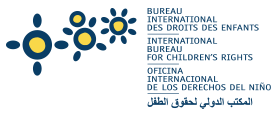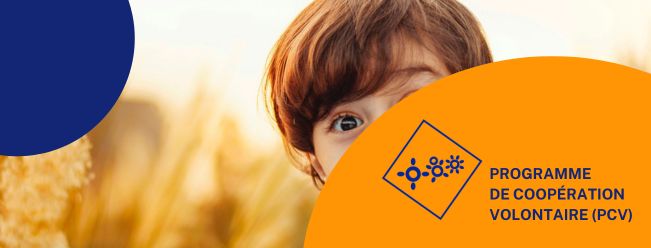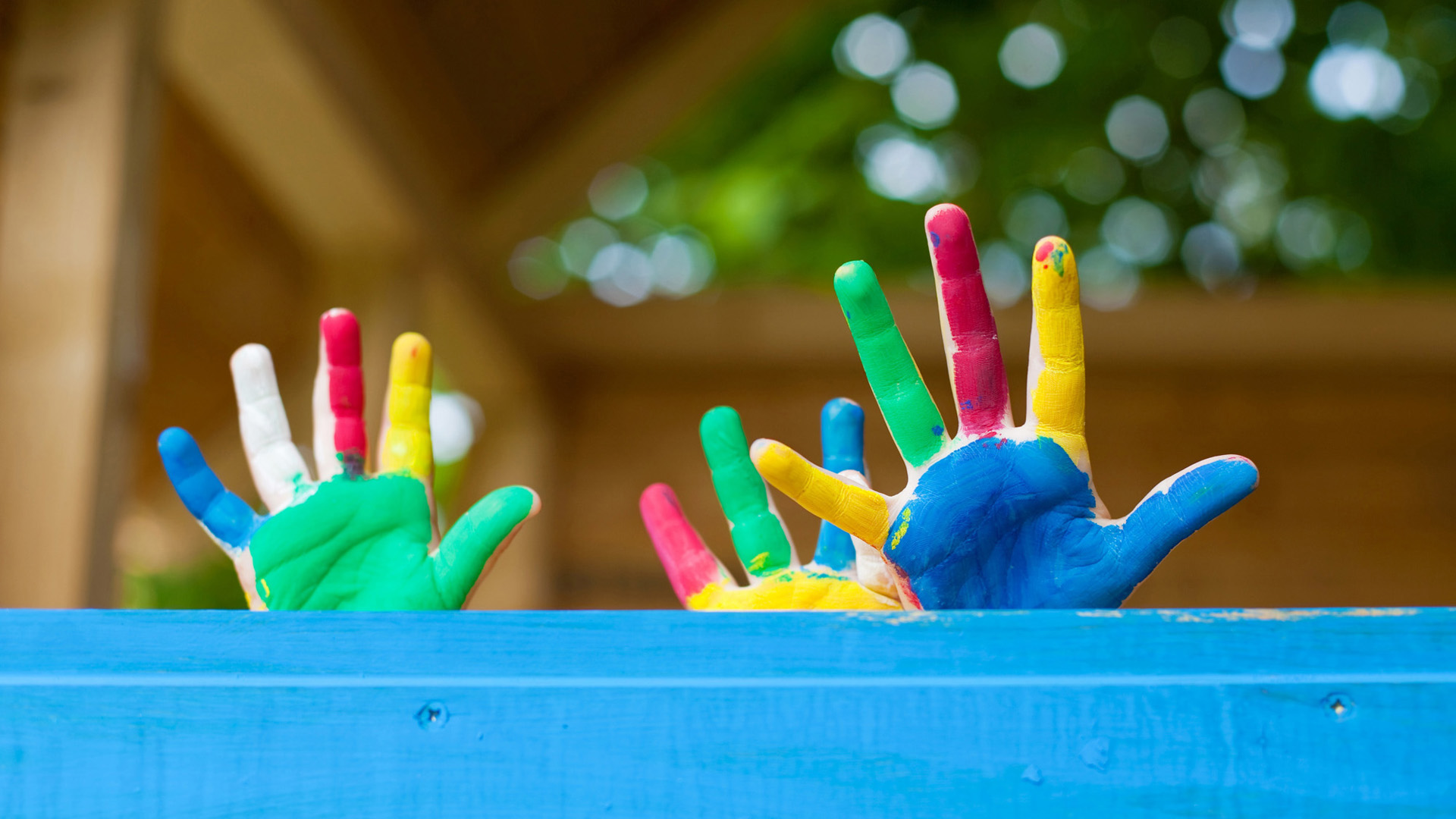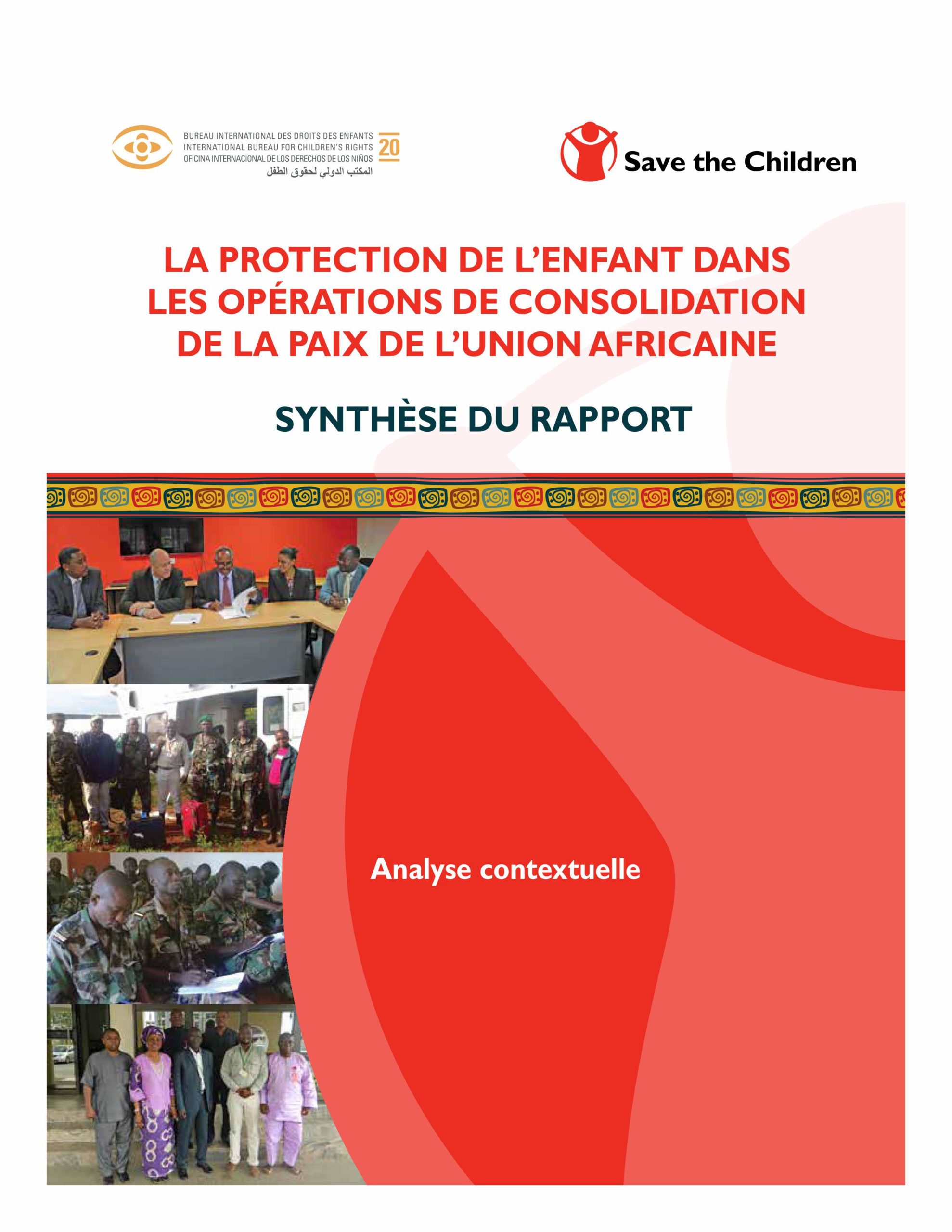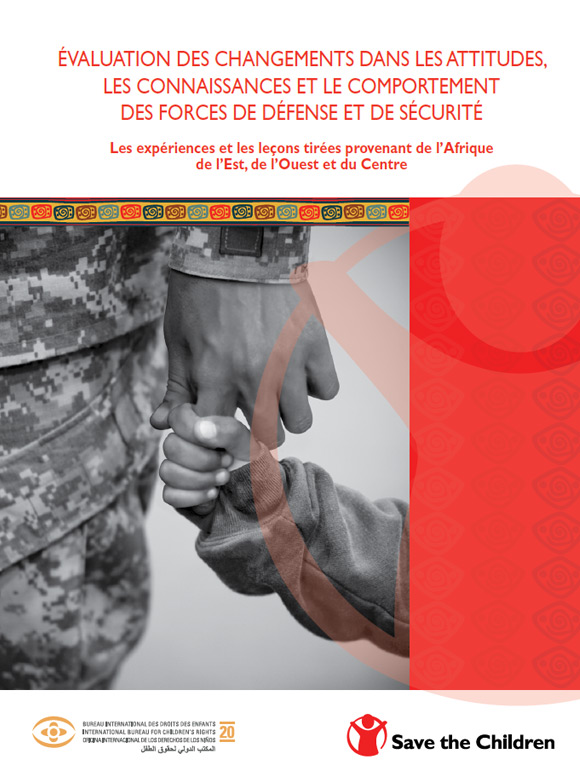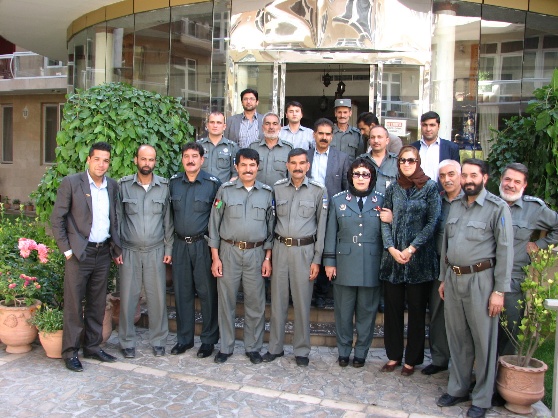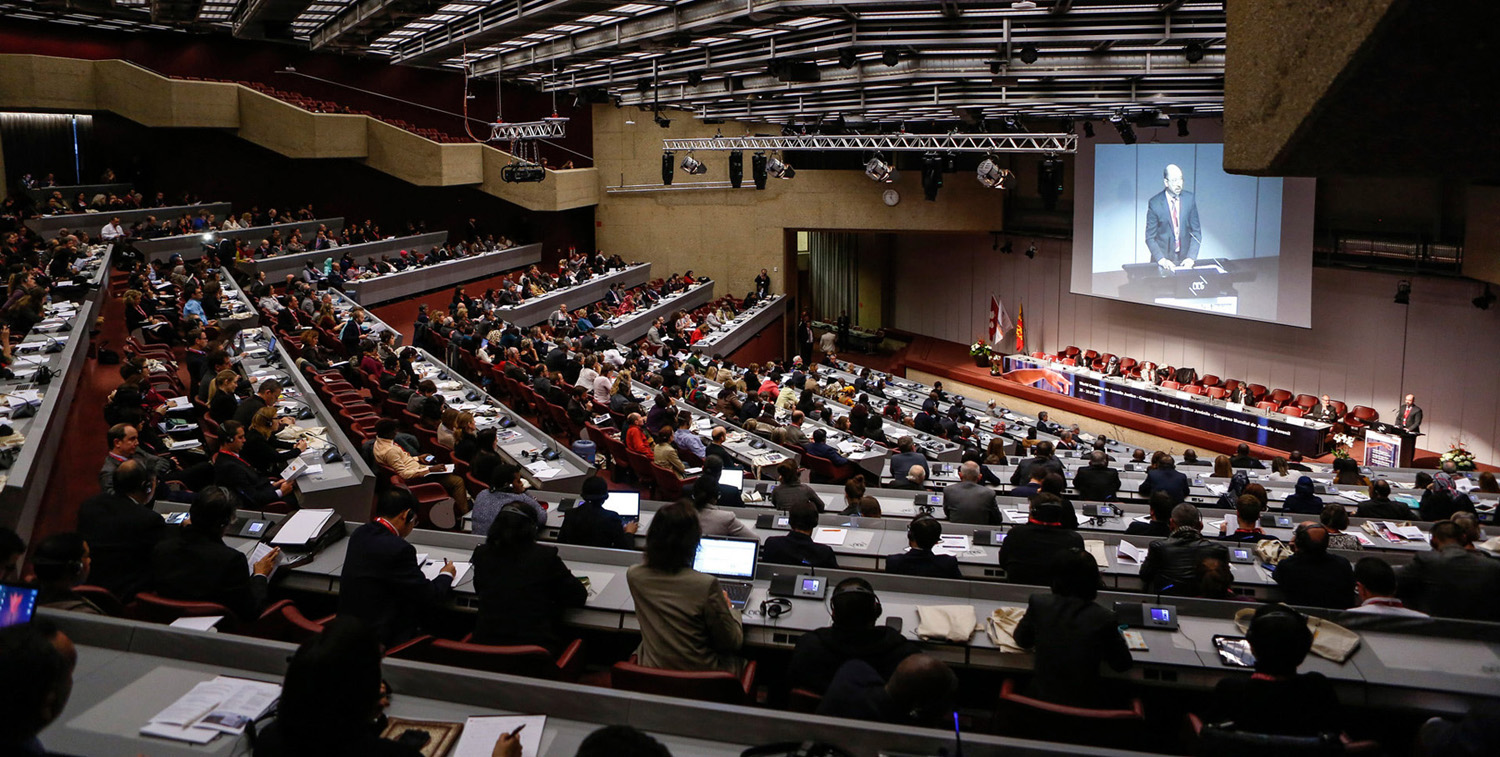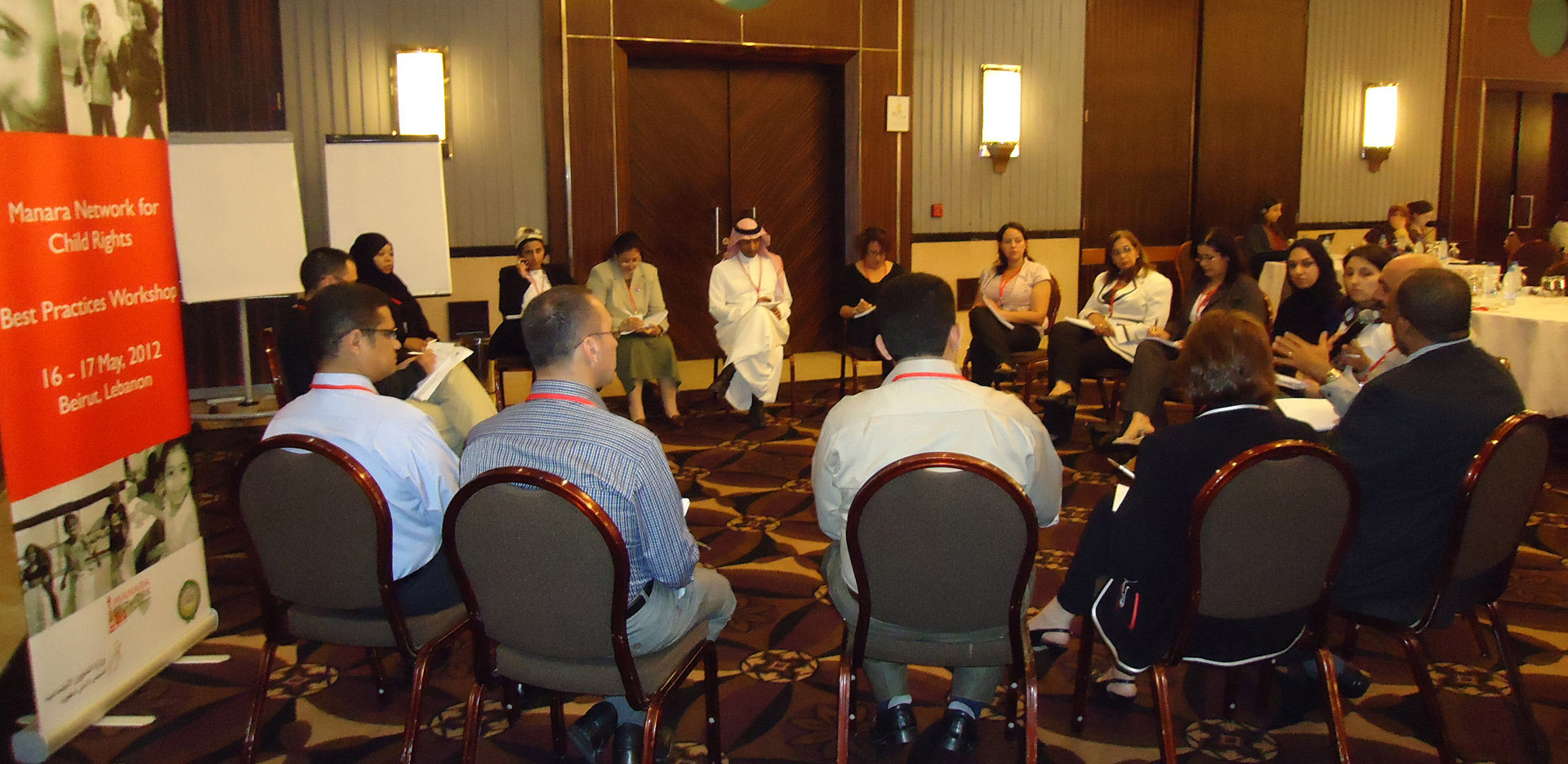Building the child protection capacities of African union peacekeeping forces
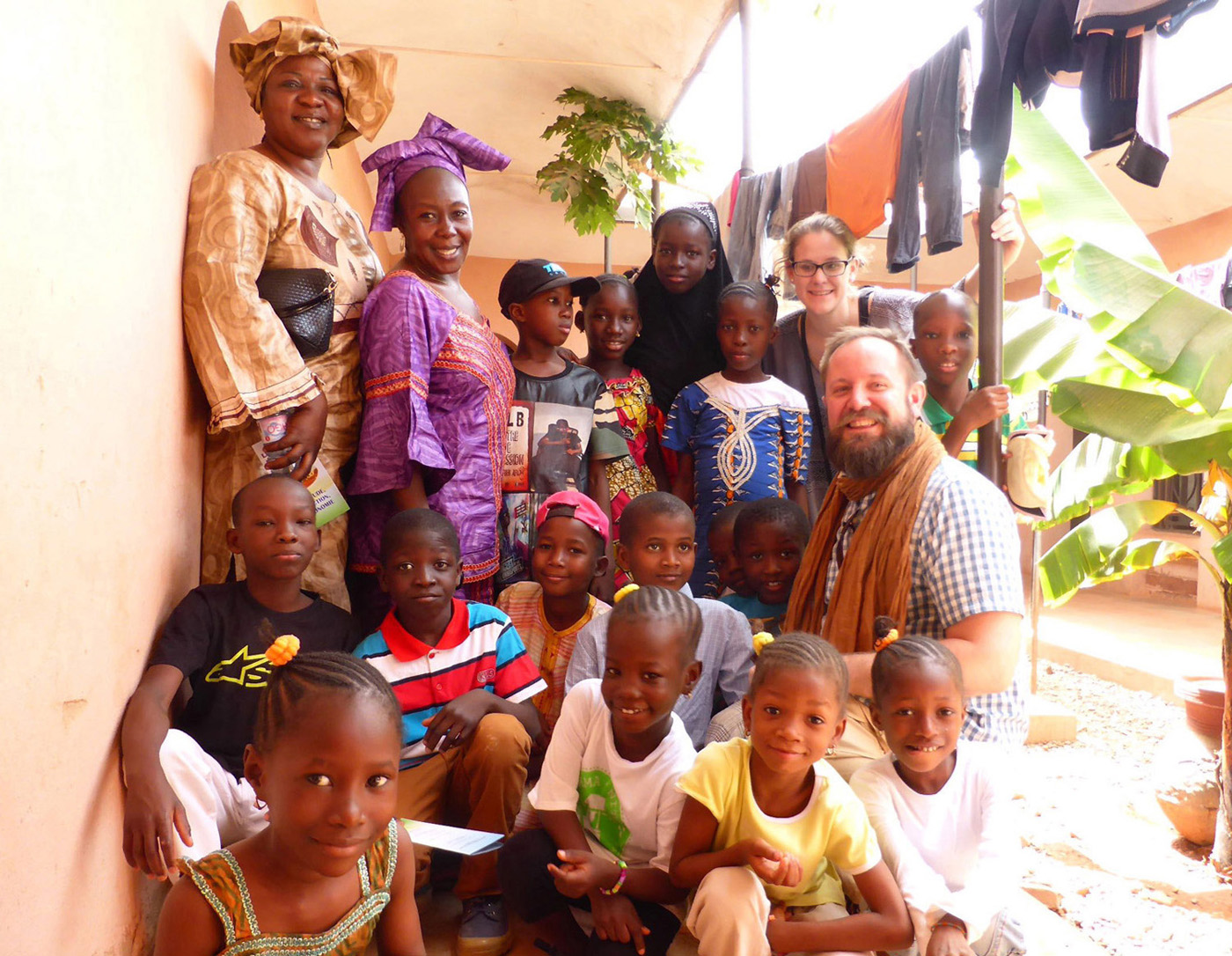
Visite du village d’enfants Sakina, Mali
I have participated in operations with my men in which we encountered children. We managed to take them out of the area where they were in danger. […] We were able to do this because our soldiers were trained to do it.
<span class="su-quote-cite">Comments of a trained respondent, IBCR/Save the Children survey, 2013</span>
Project Duration : 2013 - 2016
Armed conflict and violence continue to wreak havoc on the lives of African children. Numerous regions on the continent are caught in frozen conflicts, while others are increasingly falling prey to extremism and radicalism, which leads to population displacement and the deterioration of living and hygienic conditions. Children are also at risk of being recruited and exploited by armed forces and armed groups, and of being forced to serve as fighters, cooks, carriers, messengers or sex slaves. Clearly, these situations have disastrous consequences, not only for their safety and wellbeing, but also for their education and involvement, depriving them of opportunities to develop and realise their full potential.
And so, while the lines between war and peace, combat zones and safe spaces, civilians and soldiers, continue to blur, children are being subjected to violence and abuse more than ever. In this context, peacekeeping forces, who find themselves in increased contact with children, must be able to help them and guarantee that their rights are respected.
Nevertheless, studies conducted by the Bureau as part of its collaboration with the Department of Peacekeeping Operations find that the training framework often fails to adequately equip and prepare military and police personnel and teach them what to do and what not to do to promote and protect children’s rights in emergency situations. Discussions with the Swedish International Development Cooperation Agency and the African Union highlighted the importance of providing peacekeeping troops with proper training. It was with this in mind that the programme to build the child-protection capacities of peacekeeping forces in West, East and Central Africa was implemented in 2013 in partnership with Save the Children, African Union rapid deployment forces and the IBCR.
Our goals:
The project is part of a vast programme to protect children in contact with the peacekeeping operations of the African Union and those of various subregional groupings such as the Economic Community of West African States (ECOWAS) and the East African Community, and aims to provide rapid deployment forces with uniform training tools and strategies.
Initially, the IBCR, in collaboration with Save the Children, conducted a contextual analysis and an assessment of the knowledge, attitudes and behaviours of peacekeeping forces with regard to the respect for children’s rights in their daily professional practice. To this end, the IBCR participated in over 15 missions in West, Central and East Africa across some 10 countries, conducting a literature review and a broad consultation with participants and trainers in Save the Children child protection training programmes. The information collected also led to the preparation of a report (lien vers le document Évaluation des changements…) that, among other things, made it possible to assess current training needs. A regional contextual analysis was also published to determine the needs of peacekeeping forces with respect to strengthening child protection capacities in the context of the changing aspects of armed conflicts.
This preliminary analysis led the IBCR to develop a thorough training programme consisting of 80 course hours with a focus on building capacities and intended for the police and military personnel of the rapid deployment teams in the three countries involved. Special emphasis was placed on a series of six core competencies that every representative of the peacekeeping forces is required to know before being deployed in the field. The core competencies were determined at a workshop held in Niamey in 2011 that brought together around 15 delegations. These competencies were adapted to the context of peacekeeping operations and validated by regional representatives in various workshops held in Nairobi in March 2015.
To complement those training modules, two initial training toolkits were produced, each containing six reference tools, namely:
- A facilitation guide intended to orientate the training host on how to give the course
- A student notebook comprising the course elements that students must learn
- An evaluation toolkit containing the test topics and training evaluation forms
- A manual of supporting documents consolidating the case studies examined in the course
- A legal reference guide bringing together the different legal documents related to children’s rights
- A pocket guide summarising the key information, to be kept on hand during missions
Consultations were held to gather the perspectives of children in Mali, Côte d’Ivoire and Uganda, which led to the production of audio-visual material that enhanced the training toolkits.
Finally, the toolkits were tested in different workshops held in Bamako, Mali, in Nairobi, Kenya, in Bujumbura, Burundi and in Kigali, Rwanda, that brought together representatives from the different countries targeted by the training programmes, including trainers from regional peacekeeping schools in Bamako, Ghana, Nigeria, Kenya and Rwanda, and dignitaries from ECOWAS. Over the course of two weeks of work, the participants were invited to share their comments and recommendations for improving the content of the toolkits.
In November 2015, the English-language and French-language training toolkits were validated at a workshop at the ECOWAS headquarters in Abuja, Nigeria, before being presented to the African Union in early 2016.
.
We were so frightened to go there; we had been told that we would be killed by the government soldiers. But it wasn’t like that. When we arrived, they were really surprised when they first saw us. They felt really bad because of how we looked. Our bodies were covered in scars and our children were so malnourished they didn’t even look like children. They prepared porridge for us. They told us to bathe, and then they fed us. They gave us food and told us to cook for ourselves. They gave us a grass hut. After two days they took us to Lira to the rehabilitation centre. The soldiers were good to us; they were encouraging us, saying that they were taking us back to our people, that we were home now.
Young female returnee, northern Uganda,
Interview with a young female returnee, Children/Youth as Peacebuilders, Save the Children
- Intervention locations : About 30 countries, including Burundi, Cameroon, Côte d’Ivoire, Ethiopia, Ghana, Guinea, Kenya, Liberia, Mali, Niger, Nigeria, Uganda, Central African Republic, Democratic Republic of the Congo, Rwanda, Senegal, Sudan, South Sudan, Chad and Togo
- Project duration: 2013 à 2016
- Partners :
- Save the Children
- Children/Youth as Peacebuilders (CAP)
- Swedish International Development Cooperation Agency
- Eastern Africa Standby Force
- Economic Union of West African States (ECOWAS)
- Centres of excellence and peacekeeping schools in the regions involved
- Highlights:
- About 30 countries involved
- 15 missions in East Africa and West Africa
- Development of courses totalling 80 training hours
- Development of two training toolkits in French and English
- Organisation of pilot workshops for training trainers in Burundi, Kenya, Mali, and Rwanda
- Participation of about 40 girls and boys in consultations and workshops in Côte d’Ivoire, Mali and Uganda
- Fields of activity and expertise :
- Children in emergency situations
